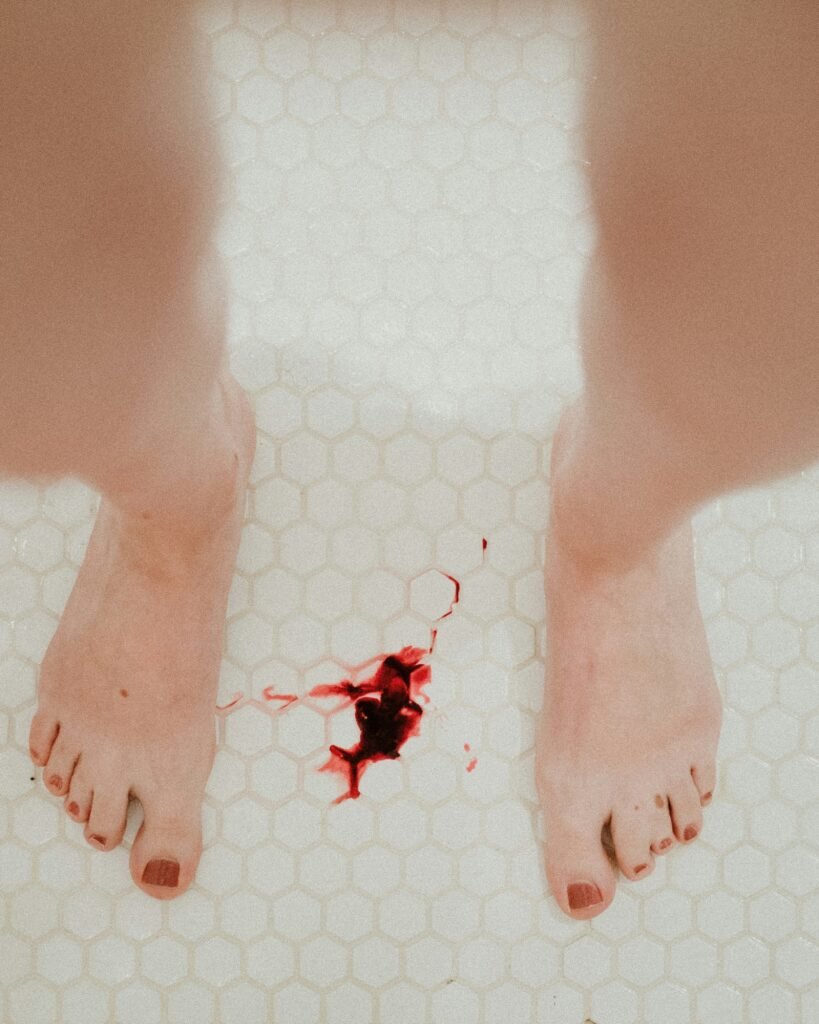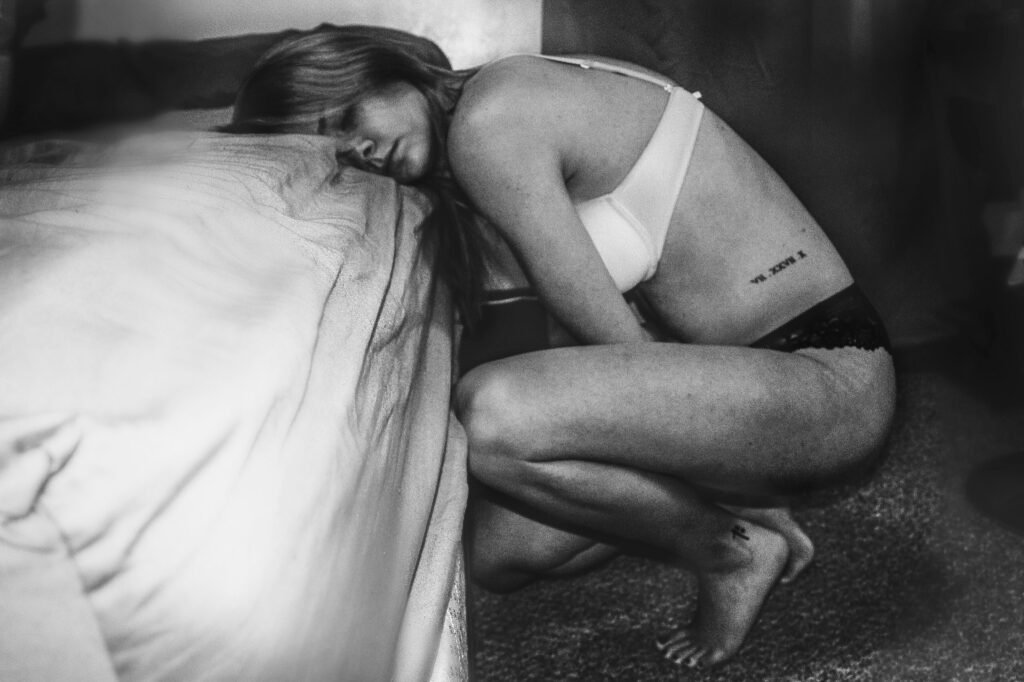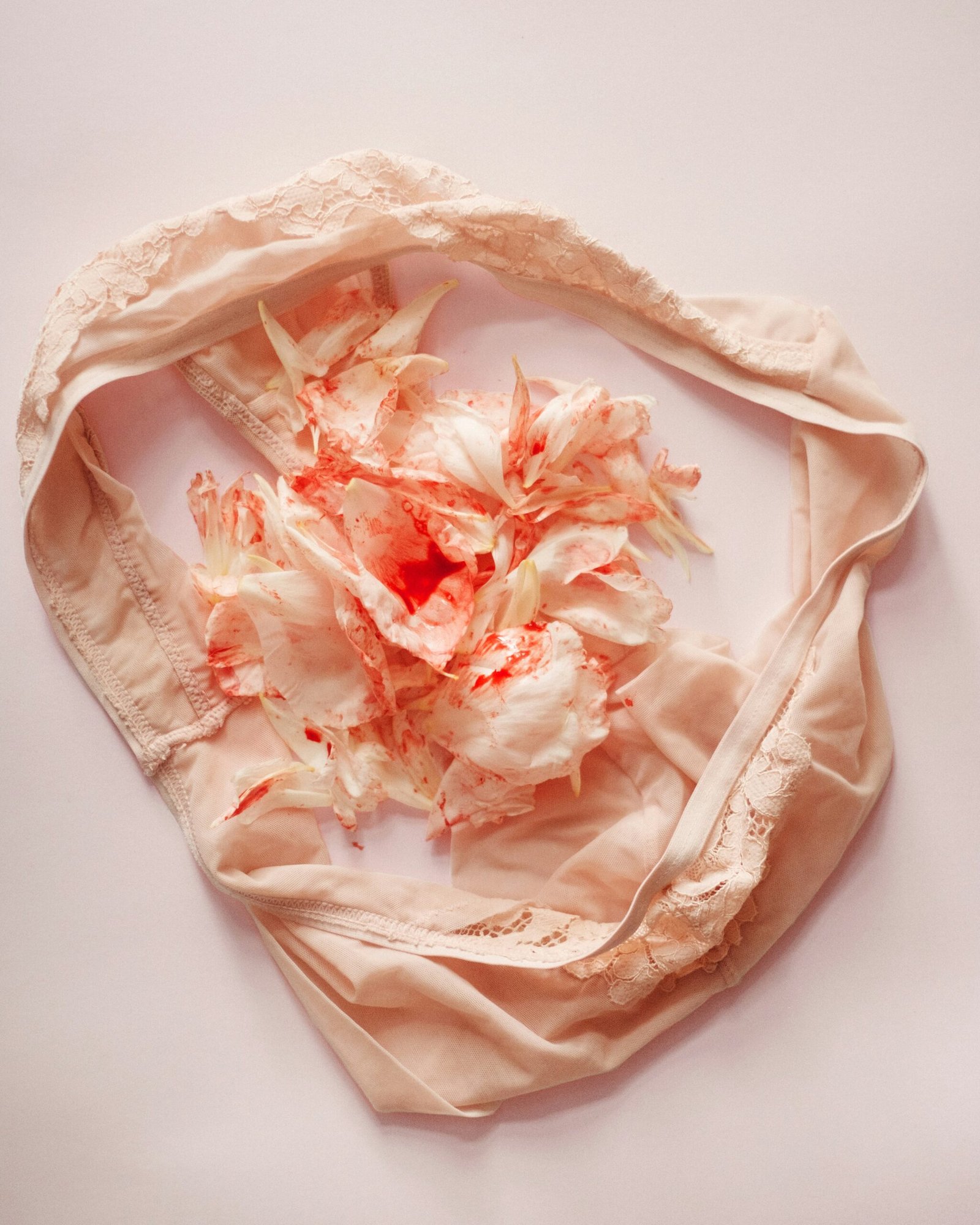Have you ever wondered about the relationship between cold plunges and menstruation? It’s a topic that can spark quite a bit of debate, filled with myths and misconceptions. As you consider your options for managing menstrual discomfort, understanding the truth about cold plunges may help you make a more informed decision.
The Basics of Cold Plunge Therapy
Cold plunge therapy involves immersing yourself in cold water, often at temperatures between 50°F to 60°F (10°C to 15°C). Many fitness enthusiasts and health aficionados swear by this practice, claiming it offers numerous benefits such as reduced inflammation, improved circulation, and enhanced recovery post-exercise. Sounds refreshing, right? But what does that mean for you during your menstrual cycle?
What Happens in Your Body During Menstruation?
Before we dive deeper into the cold plunge debate, let’s take a moment to understand what’s happening in your body when you’re on your period. Your body goes through hormonal fluctuations, leading to a variety of physical and emotional symptoms. Common experiences can include:
- Cramps: Uterine contractions that can be painful.
- Bloating: Hormonal changes may cause you to retain water.
- Mood Swings: Hormones can affect emotions, leading to irritability or sadness.
- Fatigue: Blood loss and hormonal shifts can leave you feeling tired.
Understanding this backdrop is essential when considering any interventions during menstruation.
The Myths Surrounding Cold Plunge During Menstruation
With myths flying around like confetti, it’s natural to feel confused about the dos and don’ts. Let’s debunk some common misconceptions regarding cold plunges during your period.
Myth 1: Cold Plunge Delays Your Period
One of the most pervasive myths is that cold exposure can delay your period. The science behind your menstrual cycle is intricate, and factors such as stress, health, and lifestyle play far more significant roles. There’s no evidence suggesting that cold plunging can impact your cycle. So, if you’re feeling tempted to hop in the plunge to stave off your period, you might want to reconsider.
Myth 2: Cold Water Makes Cramps Worse
Many assume that submerging yourself in cold water will exacerbate menstrual cramps. This idea likely stems from the belief that cold can cause muscles to tense up. In reality, cold plunges may alleviate discomfort for some women by numbing pain receptors and reducing inflammation.
Myth 3: Cold Plunges Are Dangerous During Menstruation
Another myth suggests that cold plunges pose risks when you’re on your period. The truth is that cold plunges are generally safe for most women, including those menstruating. Of course, individual experiences may vary, and it’s always important to listen to your body.

The Truth About Cold Plunge Benefits
Now that we’ve cleared out some of the noise, let’s chat about the potential benefits of cold plunges during your menstrual cycle.
1. Pain Relief
Cold therapy, in general, is often lauded for its ability to reduce pain. If you find that cramps are particularly bothersome, a visit to the cold plunge might provide temporary relief. The cold can help numb pain, making those crampy moments much easier to handle.
2. Reduced Inflammation
If you’re experiencing bloating or swelling, the anti-inflammatory effects of cold water can be beneficial. Immersing yourself in a cold plunge may help reduce fluid retention, offering you some relief from bloating common during menstruation.
3. Boosting Mood and Energy
Your energy levels can dip during your period, leading to feelings of fatigue. Cold exposure has been shown to stimulate the release of endorphins, which can elevate your mood and even provide a burst of energy. So, if you’re feeling a mental fog, stepping into a refreshing cold plunge could help perk you up a bit.
The Controversial Aspect: Timing is Key
While cold plunges offer potential benefits, the timing during your menstrual cycle is crucial. The stages of your cycle can influence how you respond to cold exposure.
In the Follicular Phase
During the follicular phase, which occurs after your period ends, your body is gearing up for ovulation. Energy levels may be higher during this time, making it an excellent moment for cold plunges. You might even find that you enjoy the invigorating sensation more than during other phases.
In the Luteal Phase
As you transition into the luteal phase, your body undergoes hormonal shifts, potentially making you feel more sensitive to effects of cold. If you’re already crampy or bloated, a cold plunge might not be the most enjoyable experience. It’s all about listening to your body and adjusting accordingly.
During Your Period
When you’re actually on your period, reactions can vary. Some women find that cold plunges feel relieving during crampy times. Others might not feel comfortable. Knowing your comfort level is vital, and don’t hesitate to skip it if it doesn’t feel right.

Alternatives to Cold Plunge Therapy
If you decide cold plunges aren’t your jam during menstruation, there are plenty of alternatives you may want to consider for relief.
1. Warm Baths
Where cold may tighten muscles, heat can relax them. A warm bath might help ease cramps and provide much-needed comfort. Adding Epsom salts can enhance relaxation, as magnesium may assist in muscle recovery.
2. Heating Pads
A heating pad can be a lifesaver for period pain. Placing one over your abdomen can help soothe cramps more directly, providing warmth and comfort without the chill of cold plunges.
3. Light Exercise
It’s counterintuitive, but some women find that light exercise, like yoga or walking, can help alleviate menstrual symptoms. The movement boosts blood flow and can release endorphins, which may help with pain relief.
4. Dietary Adjustments
Your diet can play a role in how you feel during your cycle. Eating anti-inflammatory foods, like fruits, vegetables, and omega-3-rich fish, can provide relief. Staying hydrated is also crucial during your period to mitigate bloating.
How to Safely Cold Plunge During Your Period
If you decide to experience the cold plunge while menstruating, it’s essential to do so safely:
1. Listen to Your Body
Always pay attention to how you feel. If you start to feel uncomfortable or experience sharp pain, it’s best to exit the cold plunge immediately.
2. Limit Exposure Time
Start with short durations, 1-3 minutes, before increasing as your body acclimates. It’s about finding a balance that makes you feel good without overdoing it.
3. Choose the Right Environment
Make sure your cold plunge pool is clean and safe. You might prefer communal settings or opt for private arrangements, depending on your comfort level during menstruation.
4. Have a Warm-Up Plan
After you exit the cold water, having a plan to warm yourself back up is crucial. Hot drinks, warm blankets, or a heated shower can help transition your body back to a comfortable state.

Personal Stories and Experiences
Talking to others who have experienced cold plunges during their menstruation can provide insight. Some find relief, while others avoid it altogether. Hearing these anecdotes can help you determine what might work best for you.
Positive Experiences
Many women report feeling rejuvenated after a cold plunge. They share stories about how the experience helped alleviate some menstrual discomfort, making them feel more in control during periods.
Cautionary Tales
On the other hand, some women have shared less favorable experiences, noting that cold exposure worsened their cramps or made them feel more fatigued. If you’re someone prone to headaches or fatigue during your period, a cold plunge may not be the best fit.
Conclusion
Navigating the world of health and wellness can often feel overwhelming, especially with contrasting opinions and emerging trends. Cold plunges offer a unique approach to managing menstrual symptoms, but like all fads, they’re not for everyone.
Whether you ultimately decide to embrace cold plunging during your period or opt for alternative methods, listening to your body should always be your priority. The real truth lies in understanding your relationship with your body, your cycle, and what practices work best for you. After all, health is a deeply personal journey that often requires experimentation, patience, and love for yourself. So, take a moment, tune into your needs, and make the decision that feels right for you.

